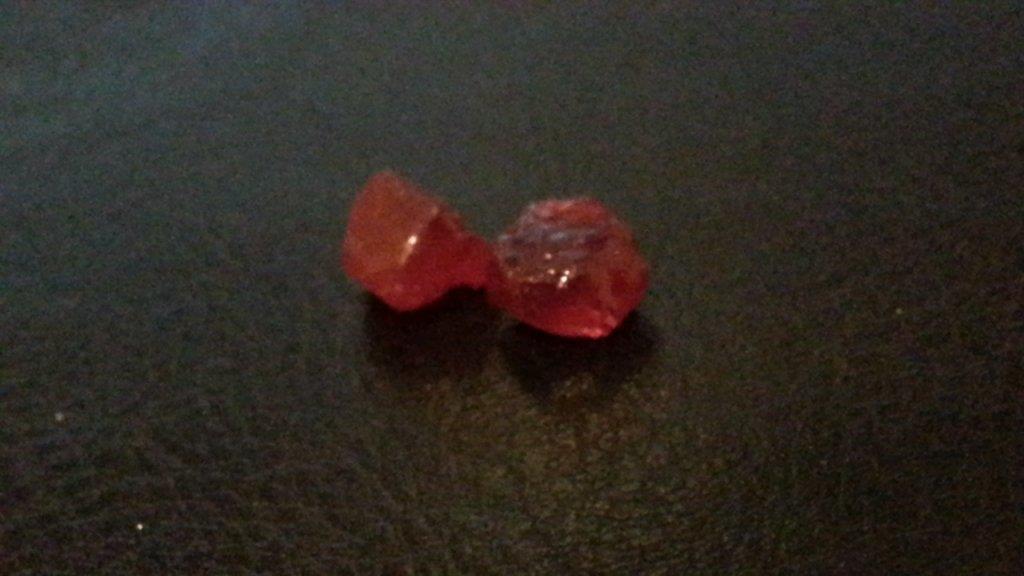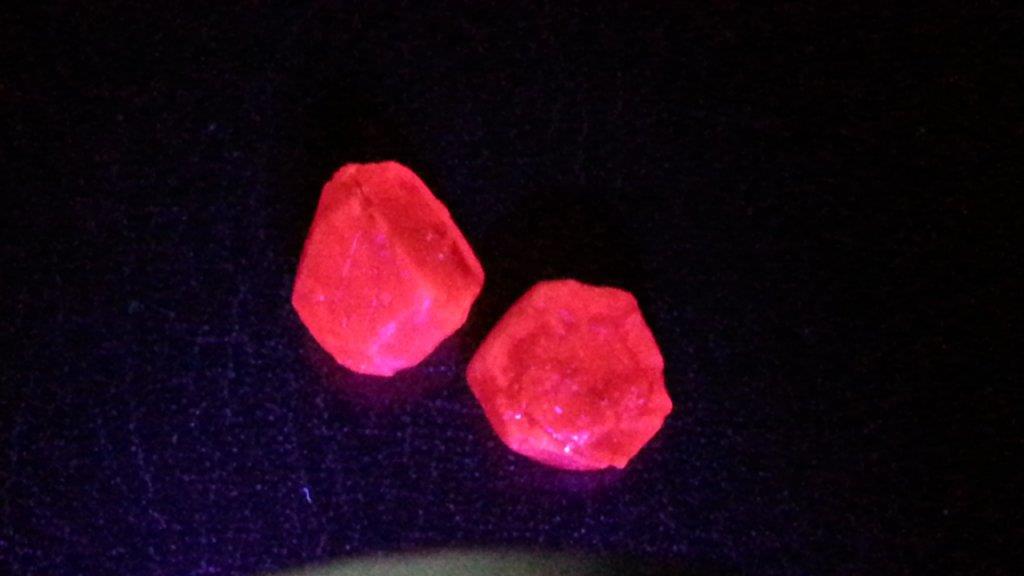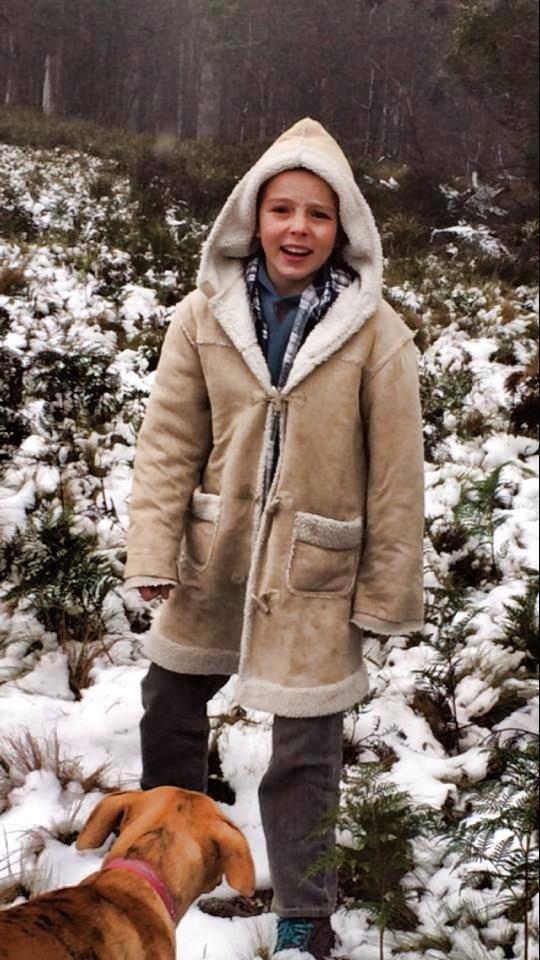Some info for you Nugget on Australian Sapphires
Sapphire is the gem quality form of Corundum. It is second only to Diamond in hardness. The hardness of corundum is due in part to the strong and short oxygen-aluminium bonds. These bonds pull the oxygen and aluminium atoms close together. This makes the crystal not only hard but also quite dense for a mineral made up of two relatively light elements.
Chemical Formula: Al2O3, Aluminium Oxide
VARIETY OF: Corundum , Al2O3 .
USES: Gemstone (for high grade material) and abrasive
BIRTHSTONE FOR: September
Main Colours:
blue, green, parti (a mix of colours), yellow, bi-coloured
Rare Colours:
Golden Yellow, orange, apricot, purple, pink, red (Ruby)
The pink to red colour of ruby stems from its chromium content, whereas the sapphire's blue results from its titanium content. Yellow and green sapphires contain variable amounts of ferrous and ferric iron.
INDEX OF REFRACTION: 1.76 - 1.78
BIREFRINGENCE: 0.009
HARDNESS: 9
Lustre is vitreous to adamantine.
Transparency: Crystals are transparent to translucent.
Crystal System is trigonal; bar 3 2/m
Crystal Habits include sapphire's typical six-sided barrel shape that may taper into a pyramid, and ruby's hexagonal prisms and blades.
Specific Gravity is approximately 4.0+
Cleavage is absent, although there is parting which occurs in three directions.
Streak is white.
Other Characteristics: Refractive index is around 1.77; pleochroic (meaning colour intensity is variable from different viewing directions); striations on parting surfaces
Source:
http://www.australiansapphire.com/description.htm







